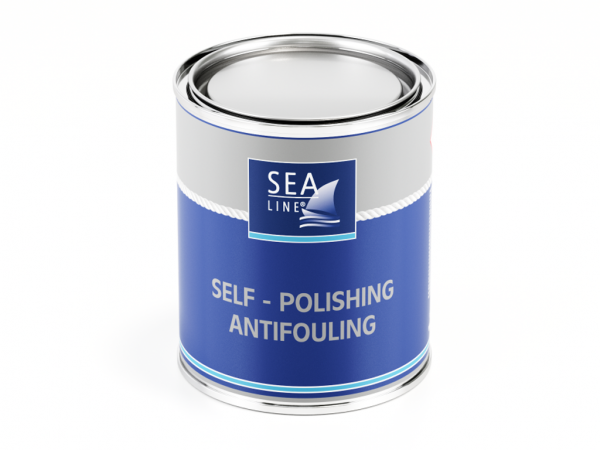
| Τύπος | Ελάσματα GRP , ξύλο,χάλυβας | |
| θέση | Κάτω από την ίσαλο γραμμή | |
| Λειτουργία | Τα Αντιρρυπαντικά Χρώματα αποθαρρύνουν την ανάπτυξη της σκληρής και μαλακής ρύπανσης και άλλης θαλάσσιας ζωής κάτω από την ίσαλο γραμμή του σκάφους | |
| Εφαρμογή | πινέλο, ρολό, πιστόλι βαφής | |
| Διαλυτικό | Όχι | |
| Θεωρητική καλυπτική ικανότητα για 1 l | 8-9 m2 για 75 μmWFT/ 40 μm DFT | |
| Αριθμός στρώσεων | 1 – 3 | |
| Χρόνος διάρκειας μείγματος σε 20°C | Min 5h Max 7 days | |
| Χρόνος αναχρωματισμού μεταξύ στρώσεων χωρίς τρίψιμο | Min 12h | |
| Συσκευασία | 0,750l code | 2,5l code |
| Χρώμα: γκρι Κόκκινο Σκούρο μπλέ Πράσινο Μαύρο | 300005599 300005600 300005602 300005601 300005598 | 300005477 300005481 300005479 300005478 300005480 |
In the case of high temperatures and the need to thin the antifouling paint, a maximum dilution of 0-5% (by volume) is recommended.
Dilution and the application method directly affect the thickness of the antifouling paint layer.
Special attention should be paid to obtaining a specific coating thickness (100 μm DTF), which ensures the effective operation of the antifouling paint.
Exposure of a freshly applied antifouling paint to moist air can lead to color change. The discoloration is only superficial and does not affect the effectiveness of the antifouling paint. Due to the content of copper oxide, a small color difference between the parts of the antifouling paint is acceptable.
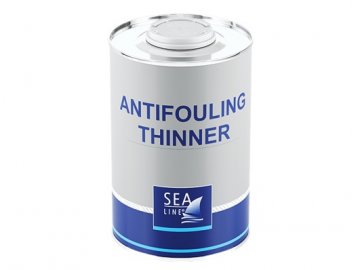
It is very important to use paint thinners, which provide the appropriate parameters of paint – flow, pot life, time […]
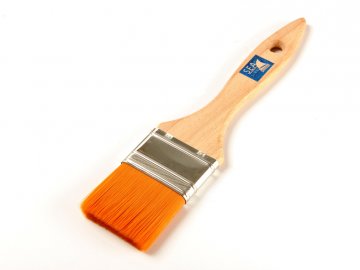
BRUSH PROFESSIONAL Sea-Line® BRUSH Sea-Line® ROLL AND HOLDER ROLL Sea-Line® PAINT TRAY Sea-Line® MIXER FOR PAINT Sea-Line® STORAGE – PLASTIC […]
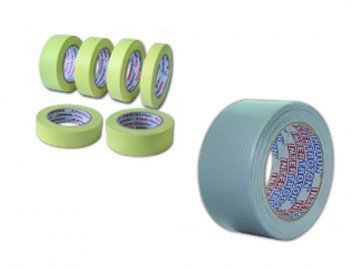
MASKING TAPE MASKING TAPE – MASTER “AQUA” SILVER TAPE – UNIVERSAL MASKING TAPE High-quality masking tape characterized by very good adhesion […]
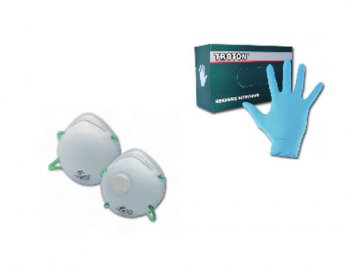
ΜΑΣΚΑ ΣΚΟΝΗΣ ΝΙΤΡΙΛΙΚΑ ΓΑΝΤΙΑ ΜΙΑΣ ΧΡΗΣΗΣ “MASTER” ΝΙΤΡΙΛΙΚΑ ΓΑΝΤΙΑ ΜΙΑΣ ΧΡΗΣΗΣ ΕΝΔΎΜΑΤΑ ΕΡΓΑΣΊΑΣ – ΜΙΑΣ ΧΡΗΣΗΣ POLYESTER ΡΟΎΧΑ ΕΡΓΑΣΊΑΣ ΠΛΥΣΙΜΟ […]
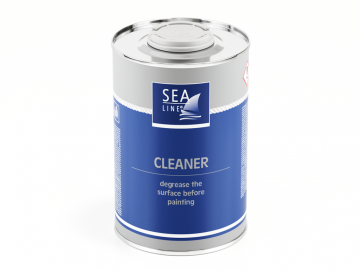
AnchorΚαθαριστικό – συνιστάται για απολάδωση της επιφάνειας πριν από το χρωματισμό πακέτο 1l code 3990 TDS SDS
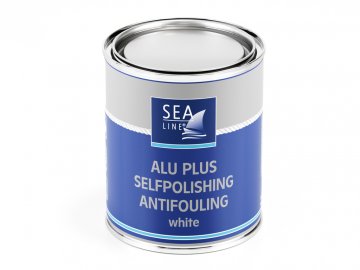
Protect areas below the water line. It can be applied on aluminium (light alloy), steel, wood, fiberglass hulls. It is […]

It is very important to use paint thinners, which provide the appropriate parameters of paint – flow, pot life, time […]
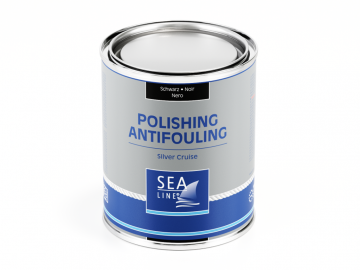
SILVER CRUISE POLISHING ANTIFOULING available only in: Germany Austri (Österreich) France Italian no UE countries
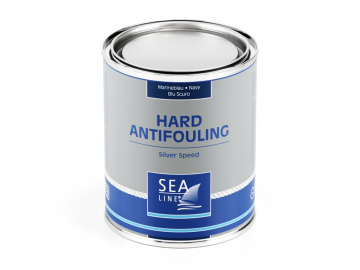
SILVER SPEED HARD ANTIFOULING available only in: Germany Austri (Österreich) France Italian no UE countries

Επαναπλήρωση και για να αντιμετωπιστούν οι ανισότητες που προκαλούνται από ζημιές ή κατά τη διάρκεια της παραγωγής

Συγγνώμη,αυτή η εγγραφή είναι διαθέσιμη μόνο στα Πολωνικά, Αγγλικά Αμερικής, Γερμανικά, Γαλλικά, Ισπανικά Ευρώπης, Ιταλικά, Βουλγαρικά και Ρωσικά.

Παρέχει μια αισθητική και μία τέλειαόψητου σκάφους επίσης προστασία έναντι του νερού και uv ακτινοβολίας

Προστατεύει το σκάφος από την θαλάσσια ρύπανση , μαλακή και σκληρή

Αποτελεσματικάαφαιρείτις γρατσουνιές, ανανεώνει την απόχρωση του gelcoat ή του χρώματος, με επίπτωση γρήγορης λάμψης

Ειδική προετοιμασία για τον αποτελεσματικό καθαρισμό και φινίρισμα

Πλαστικοποίησης, κόλληση και συμπληρώνοντας ρωγμές στο gelcoat

Ποικιλία προϊόντων που είναι χρήσιμαστις εργασίες κατασκευής σκαφών